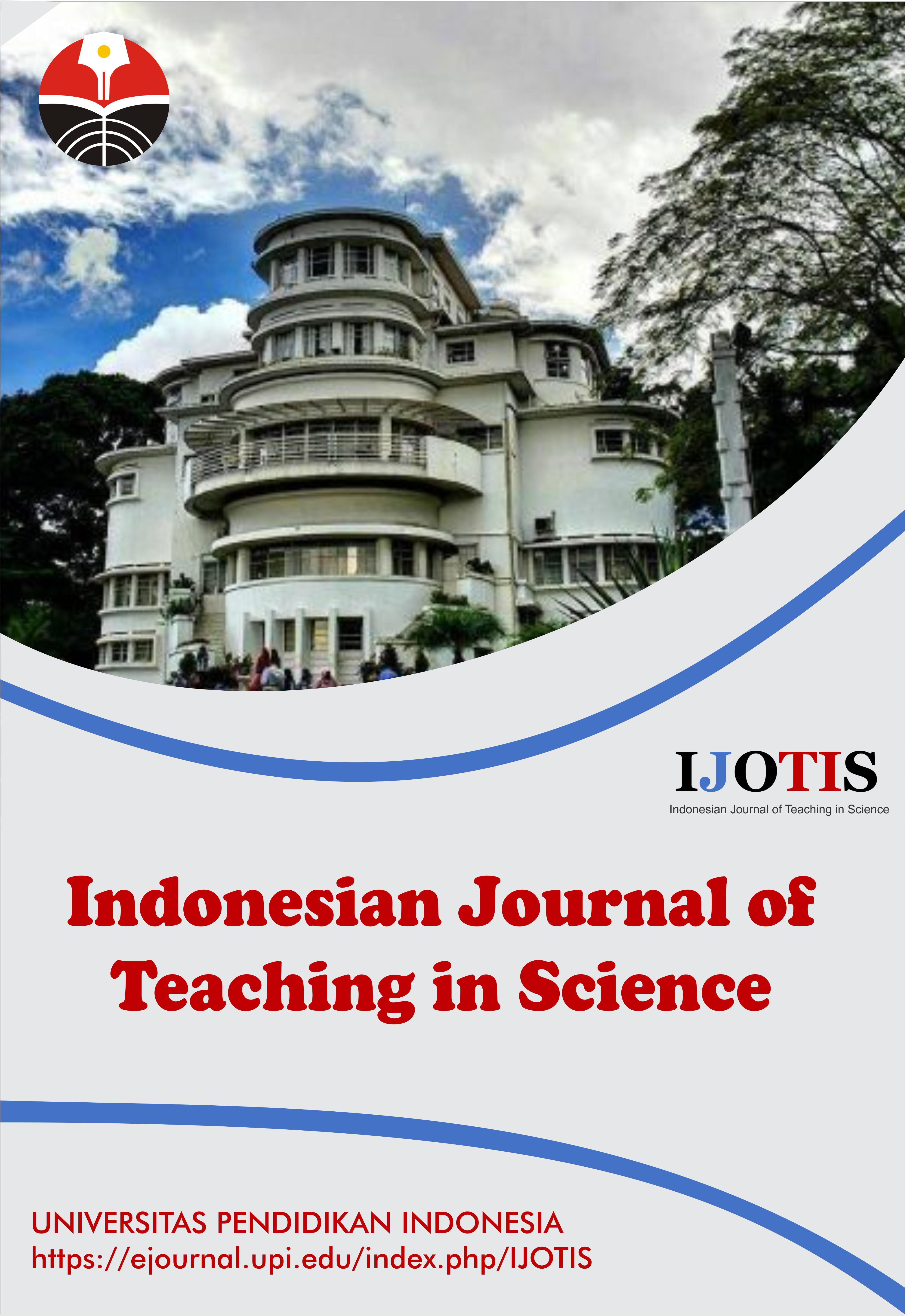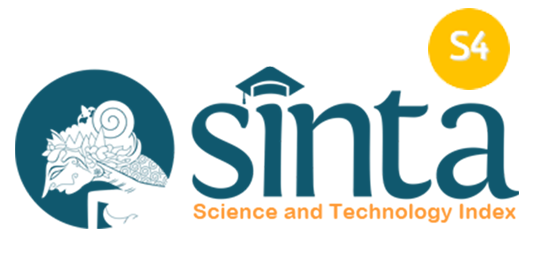Eco-Friendly Material Education with Tie Dye Technique For Ready-to-use Interior Products at Al-Mumtaza Orphanage
Abstract
This study examines the applicability of strategies with educational methods through the use of eco-friendly materials in tie-dye training activities. The training activity served as a way to teach kids and young people from underrepresented groups at the Al-Mumtaza Orphanage in Bandung about the different kinds of eco-friendly materials and their applications. The activity was conducted to develop artistic creativity and knowledge of environmentally safe textile dyes used in ready-to-use interior products that are tie-dyed. With implications for curiosity and a desire to learn about environmental issues, both of which are critical to design, especially interior design, positive responses are expected. The methodology used combines content analysis with a descriptive qualitative approach. The content research approach (content analysis) is one of the ways used in dynamic processes to investigate and disclose the core based on educational strategy and methods. Qualitative research has two primary goals, which are to describe and explore, also to describe and explain. This is appropriate for describing the creation process and responses that take place throughout training sessions. The findings show that hands-on learning activities promote creativity, independence, and participants' motivation to improve. The findings also show that hands-on learning is at the heart of education's social purpose.
Keywords
Full Text:
PDFReferences
Alamsyah. (2018). Kerajinan batik dan pewarnaan alami. Endogami: Jurnal Ilmiah Kajian Antropologi,1(20), , 136-148.
Atienza, R. D. (2019). Enhancing the creative and critical thinking skills of secondary students. International Journal Of Science And Research, 8(6), 1129-1132.
Christie, M., and De Graaff, E. (2017). The philosophical and pedagogical underpinnings of active learning in engineering education. European Journal of Engineering Education, 42(1), 5-16.
Kharimah, S. A., and Nursari, F. (2019). Perancangan busana ready to wear menggunakan metode zero waste dengan kombinasi Tenun Baduy. eProceedings of Art and Design, 6(2), 2250-2257.
Kivinen, O., and Ristelä, P. (2002). Even higher learning takes place by doing: From postmodern critique to pragmatic action. Studies in Higher Education, 27(4), 419-430.
Mahyuddin, N., Syukur, Y., and Hidayati, A. (2016). Efektivitas penggunaan video camera dalam pembelajaran dan implikasinya terhadap pelayanan anak usia dini (usia 4-6 tahun) di Kota Padang. Jurnal Pendidikan Usia Dini, 10(1), 45-60.
Maslakhah, S. (2019). Penerapan Metode Learning By Doing Sebagai Implementasi Filsafat Pragmatisme Dalam Mata Kuliah Linguistik Historis Komparatif. Jurnal DIKSI, 27(3), 163.
Nafiati, D. A. (2017). Motivation, creativity, and self-confidence as forming factors of economic learning autonomy. Dinamika Pendidikan, 12(2), 182-195.
Naveed Bin Rais, R., Rashid, M., Zakria, M., Hussain, S., Qadir, J., and Imran, M. A. (2021). Employing industrial quality management systems for quality assurance in outcome-based engineering education: A review. Education Sciences, 11(2), 45.
Ramdani, N. G., Fauziyyah, N., Fuadah, R., Rudiyono, S., Septiyaningrum, Y. A., Salamatussa'adah, N., and Hayani, A. (2023). Definisi dan teori pendekatan, strategi, dan metode pembelajaran. Indonesian Journal of Elementary Education and Teaching Innovation, 2(1), 20-31.
Taufik, M., Sukmadinata, S., Abdulhak, I., andTumbelaka, B. Y. (2010). Desain model pembelajaran untuk meningkatkan kemampuan pemecahan masalah dalam pembelajaran IPA (fisika) Sekolah Menengah Pertama di Kota Bandung. Berkala Fisika, 13(2), 31-44.
DOI: https://doi.org/10.17509/ijotis.v5i2.84176
Refbacks
- There are currently no refbacks.
Copyright (c) 2025 Universitas Pendidikan Indonesia

This work is licensed under a Creative Commons Attribution-ShareAlike 4.0 International License.
 Indonesian Journal of Teaching in Science
Indonesian Journal of Teaching in Science



